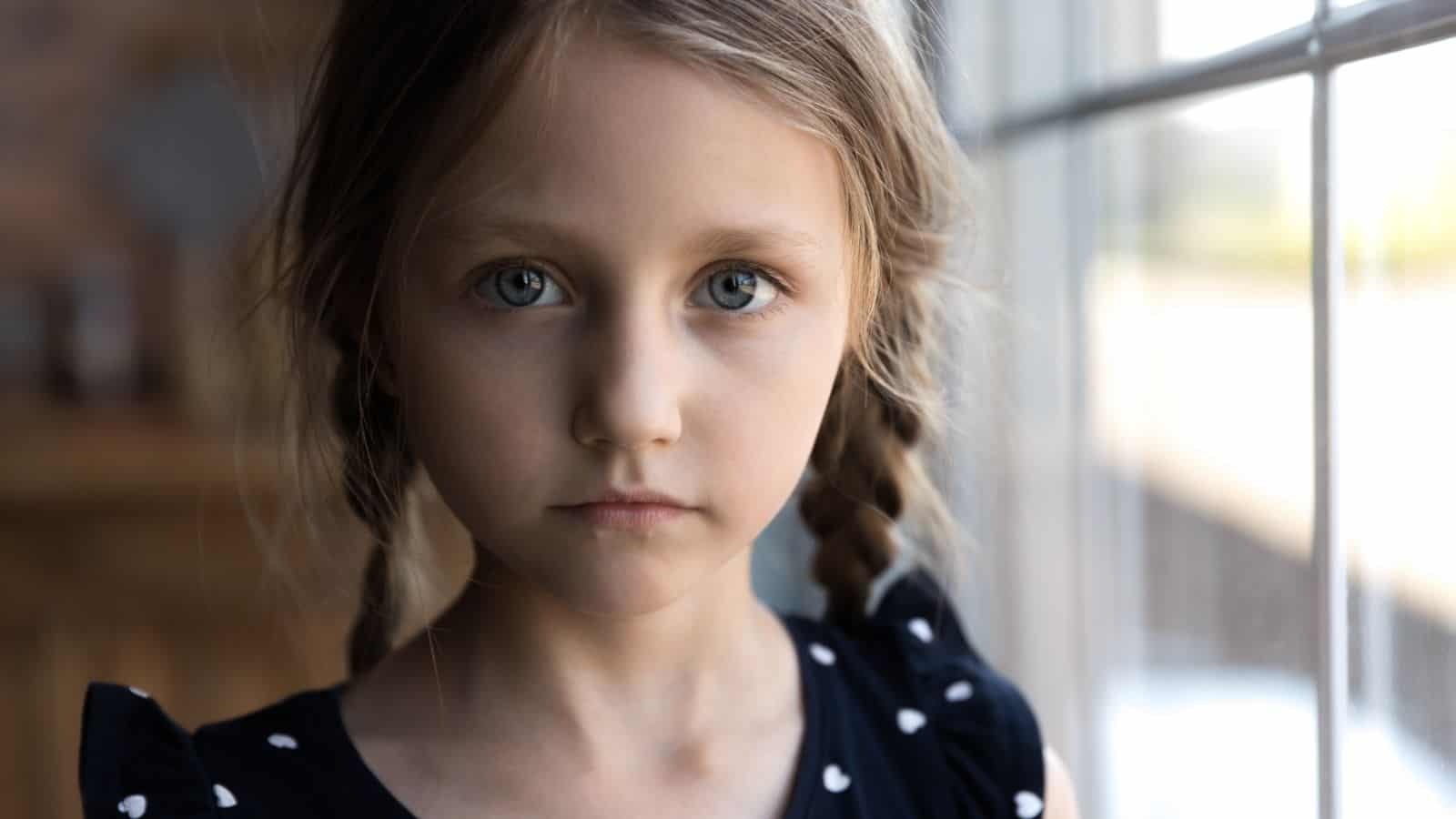There were so many trends that came from the 1960s that are hard to forget. There were go-go boots, color TVs, and the beginning of mini skirts. It was a fun decade that brought so many new inventions with it. These are 18 trends that only the boomer generation will be old enough to remember.
Go-Go Boots

These boots were created by the French designer André Courrèges and became a staple fashion trend in the ‘60s. This is supported by South Tree, which writes, “They were an instant hit, worn by women at nightclubs all the way from New York to Los Angeles.”
Lava Lamps

These funky lamps were invented in the middle of the 1960s and became a decorative novelty. Lava lamps have a glass sphere that illuminates with a wax-like substance inside, creating an eye-catching glow. They became a symbol of the colorful and psychedelic era of the ‘60s.
Miniskirts

Miniskirts emerged as part of the women’s liberation movement. They reached a peak in popularity in 1967, when they became a huge symbol of rebellion against the harsh structures imposed on women. They were a significant departure from the more conservative and longer skirts of the 1950s.
Smiley Faces

Smithsonian writes, “It’s largely accepted that the original version of the familiar smiley face was first created 50 years ago in Worcester, Massachusetts, by the late Harvey Ross Ball, an American graphic artist and ad man.” Even though it became such a popular design, Ball never thought to trademark it.
Tie-Dye T-Shirts

Tie-dying peaked in the 1960s. Everybody seemed to be tie-dying their t-shirts to create cool and original tie-dye designs. The bold designs and colors became one of the main symbols of the hippie culture that was so large at the time. Even today, tie-dye is still a huge trend.
Turtlenecks

Turtlenecks were worn by huge stars in the ’60s, such as Johnny Carson and Paul Newman. The turtleneck peaked in popularity in 1967 and was considered the height of fashion at the time. It showed a shift in fashion for men as they opted for a more sleek style of fashion.
Sleeveless Dresses

Silhouettes started to change for women in the 1960s, which was largely due to the influence of Audrey Hepburn. For example, Retrowaste writes, “Shoulders were widened and the bosom received more attention. The waist was always accompanied by a belt, sash or wide inset bias band.” Sleeveless dresses represented a more form-fitting look for women.
Fringing

Fringing became a significant element of 1960s dancefloor fashion and was worn on plenty of nights out. It was used to decorate clothing and helped to reflect the freeing and fun nature of the ‘60s. Fringing also symbolized hippie culture and was worn by icons such as Marsha Hunt.
Dress Over Trousers

One key fashion trend of the ‘60s was to layer a dress over trousers. It showed a shift toward more dramatic and flowing designs and created a unique silhouette. Dress over trousers emphasized comfort and individuality in women’s fashion through the decade, especially as it gave them the opportunity to wear trousers.
Bishop Sleeves

Sewing the 60s writes, “The [‘hippie’] look joined bishop sleeves with peasant blouses in light cotton or linen which made them soft and added to the ethereal nature look.” Bishop sleeves were a huge trend in the 1960s, and even today, they continue to be a popular fashion trend.
Easy-Bake Oven

The Easy-Bake oven was introduced by Kenner in 1963 and became an instant hit among children. It was a functioning miniature oven that used light bulbs as its heat source. The oven was so popular that it sold half a million units in its first year.
Flower Power

Flower power was used as a way to symbolize passive resistance during the hippie movement. It was used as a symbol during the Vietnam War protests and was used to represent love, peace, and harmony. Flower power is still well known as a peace symbol and is commonly referenced in society.
Love Beads

These popular beads were worn by men and women in the ‘60s. According to One Meaning, they were worn as a way to signify peace, love, and freedom. They also became a symbol of the hippie movement. Love beads were influenced by Native American, African, and Indian cultures.
Polyester and Nylon Fabrics

Polyester became a popular fabric due to its vibrant color retention and ability to create bright and unique clothes. Nylon became popular for its lightweight nature and its ability to last. Both fabrics were the start of the trend toward synthetic fabrics, and both are still widely used to this day.
Space Age Fashion

This iconic fashion trend was influenced by the Space Race. It featured metallic elements and unconventional, unique designs. It was a huge departure from previous, conservative designs, as it broke away from the typical fashion norms we had seen before.
Androgynous Fashion

At Once writes, “The 1960s saw a shift towards androgynous fashion, with women embracing pantsuits and men experimenting with longer hair.” It reflected how the era was shifting to be more inclusive as people began to accept social change. This trend still plays a huge part in how we dress today.
The Beatles’s Influence on Men’s Fashion

The Beatles had a huge influence on how men chose to dress in the ‘60s. Mop head hairstyles were popular, and so were beatle boots. This influence even led to the popularity of the Nehru jacket. It showed just how much of a cultural impact the band had on society.
The First Color Television

The color television made its first appearance in 1965, transitioning from black and white to a world of color. It represented a huge technological advancement at the time and greatly improved home entertainment. It marked the beginning of a new era in television broadcasting.
Read More: Why People Aren’t Religious Anymore: 15 Simple Reasons

As society evolves, so does our approach to spirituality. This article looks at the subtle yet profound shift from traditional religious adherence to a more personal, evidence-based belief system.
Why People Aren’t Religious Anymore: 15 Simple Reasons
17 American Attractions That Not Even Americans Want to Visit

The United States of America—land of the free, home of the brave, and the location of some of the most ‘unique’ tourist attractions you’ll ever lay eyes on.
Get ready to chuckle, scratch your head, and maybe even facepalm as we look at 17 American attractions that not even Americans think are worth visiting.
17 American Attractions That Not Even Americans Want to Visit
17 Fairy Tales That Are Now Considered Racist

While fairy tales weave magical narratives that span generations, many emerge from historical and cultural contexts tinged with biases. Hiding in many of these tales, racial undertones can be found. Let’s look at 17 fairy tales that have deeper implications.
17 Fairy Tales That Are Now Considered Racist
18 Common Traits Found in Adults Who Had Unhappy Childhoods

Being a parent is a hard job, so even those who are truly trying their best will often miss the mark on creating the best environment for their children. Unfortunately, this means that many of us grow up with far-from-perfect childhoods that affect us into adulthood. Here are 18 common traits found in adults who had unhappy childhoods.
18 Common Traits Found in Adults Who Had Unhappy Childhoods
18 Things Old People Just Can’t Get On Board with Today

Over the past few decades, society has evolved, and with it, so have a few things that older generations find it uncomfortable to get the hang of. While younger generations are easily able to adapt to these changes, some of which are drastic, others may be struggling slightly. Here are 18 things the elderly may have difficulty learning.

